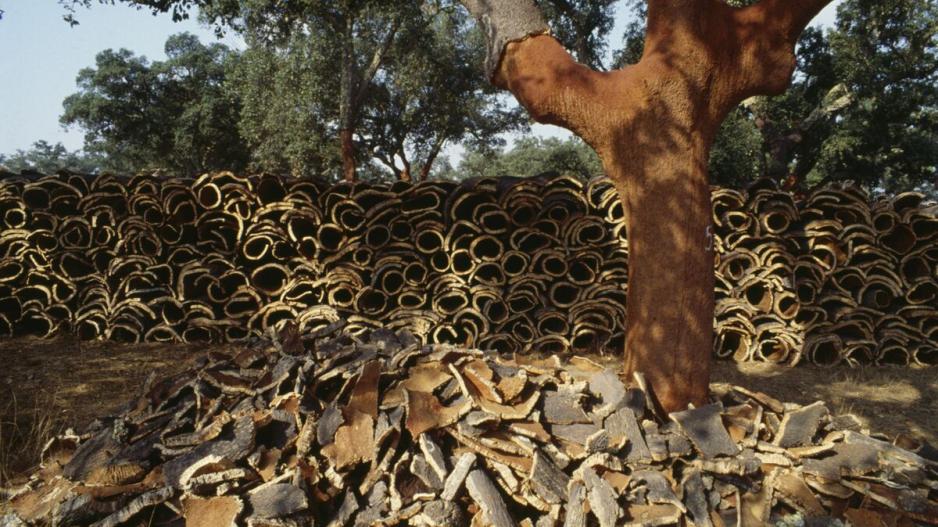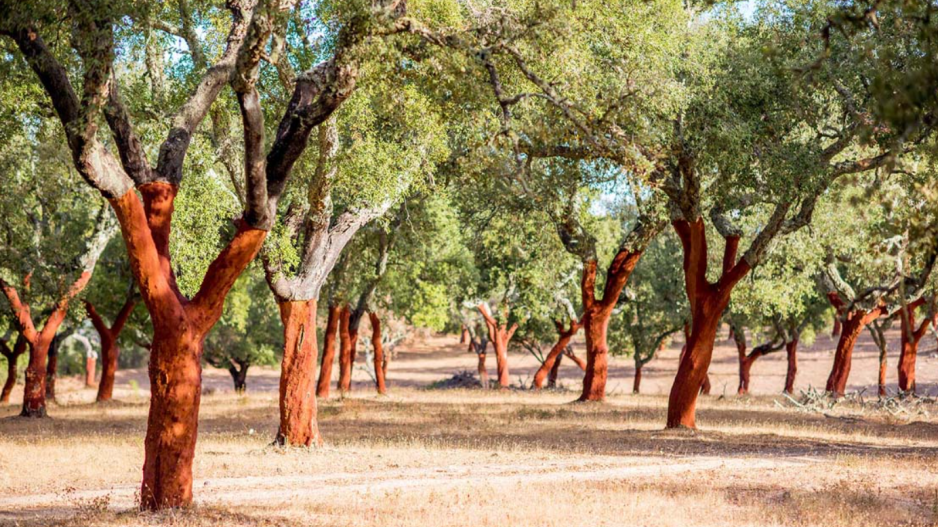The Ancient Material Displacing Plastics and Creating a Billion-Dollar Industry
The Sustainable Treasure of the Mediterranean
"Those who care for their grandchildren plant cork oaks," goes an old Portuguese saying. In Coruche, a rural area south of the Tagus River known as the "cork capital," this adage is faithfully followed.
The harvesting of cork from the cork oak, a Mediterranean holm oak, has been a practice in the Western Mediterranean for thousands of years, especially during the summer months.
The demand for cork is now experiencing a significant boom as more industries seek sustainable alternatives to plastic and other materials derived from fossil fuels, reports the Washington Post.
Portugal's exports reached a record high of €670 million (approximately $728 million) in the first half of 2023.
The secret lies in the tree's thick bark, which protects it from fire, making it a strong insulating material. The Egyptians, Persians, Greeks, and Romans used cork for fishing tools, sandals, and sealing jugs, vases, and barrels. As glass bottles gained popularity in the 18th century, cork became the preferred sealing material due to its durability, waterproof nature, light weight, and malleability.
Today, cork bark is used for flooring and furniture, shoe and clothing manufacturing, and as insulation in homes. It has also been utilized for fuel tank armor in NASA spacecraft and in electric car batteries. Cork is water and oil-resistant, and it maintains its elasticity even under compression.
Apart from job creation, the forests where cork grows provide food and shelter for wildlife and absorb carbon dioxide. Unlike most commercially grown trees, cork oaks are never cut down, meaning their carbon storage capacity continues for over 200 years.
Rui Novais, a materials expert at the University of Aveiro in Portugal, notes an increasing interest in cork as a sustainable material. "Compared to materials like polyurethane foam [used for thermal insulation], cork-based products require less energy and produce fewer CO2 emissions," he emphasizes. Additionally, cork products have been proven to remain almost unchanged for over 50 years.

The cork oak is a low, slow-growing evergreen tree native to the Mediterranean. The largest forests are found along the Atlantic coasts of the Iberian Peninsula. In Portugal, the world's largest cork producer, cork oaks are so revered that they were chosen as the national tree and are protected by law, prohibiting their felling.
Spain is the second-largest producer, followed by Morocco, Algeria, Tunisia, Italy, and France.
Harvesting cork requires precision and years of training. The axe strike must be such that it doesn’t harm the inner bark, which could kill the tree. This specialized work makes it one of the best-paid agricultural jobs in Portugal.
Cork can only be harvested between late May and August, during the tree’s active growth phase, facilitating the removal of the outer layer without damaging the trunk.
Unique in its ability to regenerate its bark, the cork oak completes this process over nine years.
However, while cork forests can help mitigate climate change impacts, they are increasingly threatened by drought and more frequent and intense fires in the region.
The tree is adapted to the Mediterranean climate, with its bark protecting it from fire. But for the first two years after cork extraction, trees are more vulnerable to fires since they lack this protection. However, fires in cork oak groves remain rare due to careful human management.






